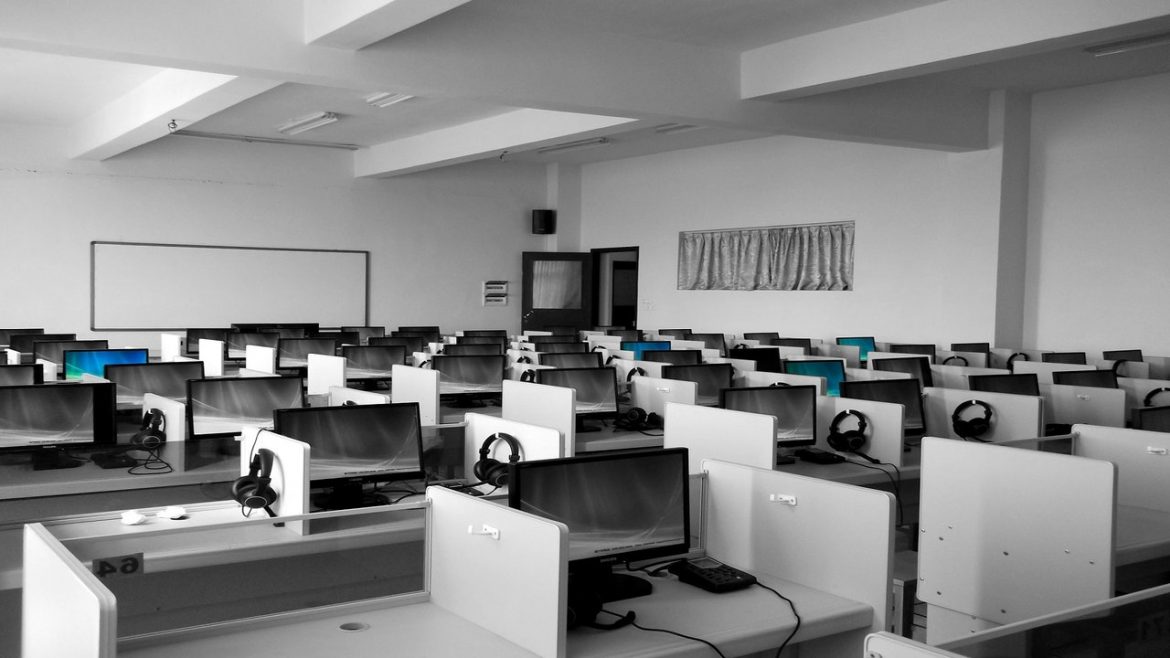Unless you’ve been living under a rock since March, you’ll know that the professional world has changed significantly in light of COVID-19. Now, as home workers are gradually being reintegrated into their original commercial locations, it’s up to employers to make sure they are safe and just as productive as before lockdown. Let’s talk about what you can expect to see in newly COVID-compliant workspaces.
Separated teams
Even the most formerly open plan of offices will need to create physical barriers between different teams from now on. Room dividers are a good option that serves a purpose and look good at the same time. Creating a barrier between different banks of desks will naturally discourage unnecessary interactions and keep everybody that bit safer.
Distanced seating plans
Implementing a six-foot radius around every desk chair might sound like an impossibility, but it’s not that hard. Using computer software to mock up a floor plan then placing banks of desks in it is the easiest way to get an idea of how things will look and will make the restructuring easier to complete. For linear desk clusters, alternating active work stations appears to be the general rule of thumb.
Desk sharing initiatives
For offices with a large number of employees to house, desk sharing could be the way forward, with teammates taking it in turns to work remotely or in the office itself. By cutting the number of people in situ at any one time, roles can be kept, but without extra risk. It’s a mix of hot-desking and job sharing, all rolled into one, with regular sanitising thrown in for good measure. That’s no bad thing, considering how dirty the average desk is thought to be.
Improved network connectivity
Let’s be honest and admit that everything is still unknown. Yes, plenty of office workers are being asked to return, but who knows if and when another lockdown could occur. With this in mind, plenty of companies are seeking to invest in network improvements that allow both in-office and at-home workers to enjoy seamless interactions and no interruption to their work hours. This could mean new equipment and extra training.
No shared food and drink facilities
The days of arguing about a sink of dirty coffee cups and mouldy lunchboxes in the office fridge could be over, as it is unlikely that colleagues will want to share cups and food storage space. While many might choose to simply pop out on their breaks, with masks firmly to hand, others might choose to start stockpiling in their desk drawers. Cups might suddenly start disappearing, too, so if you don’t have your own, now might be the time to take one from home.
Thinking creatively

Companies are forever encouraging their employees to be more intuitive and creative and now will be a good opportunity to put ideas to the test. Need to put some distance between you and another team but don’t have any room dividers? Move a bookshelf. Need to communicate with lots of other people but don’t want to risk crowding into a meeting room? You might start to see a lot of old school whiteboards springing up.
There’s no getting away from the fact that working in an office is going to feel odd for a long time. Safety has to come first and with a few floor plan tweaks and new contact protocols in place, most operations will find that they can get back to business quickly and effectively.

